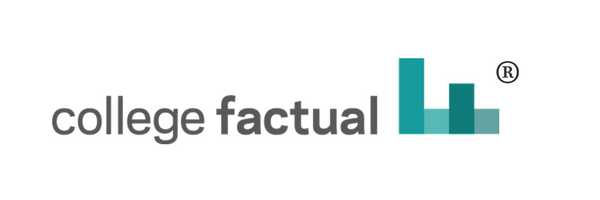Should You Apply for Early Admission? The Pros & Cons
/Students who are eager to get into their first-choice university may consider applying for early admission, an option offered at many colleges in the U.S. Through an early decision or early action plan, students can learn whether they got into their dream school months ahead of the typical schedule. However, they should be aware of some of the downsides of applying early, and make sure it’s the right choice for them.
Increase Your Odds
Why would you want to apply for early decision? Well for starters it could increase your chances of being accepted to a competitive school. In 2012, US news reported that many institutions are less selective when considering early applicants.
“Many institutions readily acknowledge that their early acceptance rates are higher than for regular admissions. At Vanderbilt University, 13 percent of those who apply for regular admissions are accepted, compared to 24 percent who make the cut in the early decision pools. The former are more competitive, with the middle 50 percent scoring 1470 to 1590 on the two primary parts of the SAT and 33 to 35 on the ACT, compared to the early-bird middle 50 percent, who came in at 1390 to 1520 and 31 to 33.
Bates takes 47 percent of its early decision pool and 22 percent of regular applicants. Lafayette College most recently admitted 56 percent of those who applied early decision, compared to 31 percent of the regular pool.”
Many cash-strapped colleges are looking for ways to increase tuition dollars and fill more seats in their large auditoriums. Having a student committed to their school through early decision is a terrific boon for them.
However this might be a better deal for the college than for the student. With some early decision options, students can only apply to one college, and must commit to attending upon acceptance, with the only exception being if the financial aid package does not meet the needs of family.
Lose the Ability to Compare
The ability to compare and negotiate financial aid offers can save the average family thousands of dollars. Through an early decision arrangement, all the school has to do is provide the minimum amount of aid possible (and remember that student loans count as part of a financial-aid package). To learn more about how to compare and negotiate your financial aid package, you can download our free ebook.
If the student does find that the financial aid offered does not meet their needs and is forced to decline the offer, they will face a significant time crunch in applying to other colleges.
Why Apply Early?
There are some benefits to applying early. It can be a good decision for a student who has already done their research, visited colleges and is certain of their choice. It should also be a student who is moderately assured that they will be able to afford the school.
Applying early will give you a leg-up on the competition at certain universities, and you can actually save some money on application fees to multiple colleges. You will also achieve peace of mind by sending in and accepting an offer early.
Keep in mind that not all colleges favor early decision applicants, so it may not impact your chances of getting accepted. It also might mean that you end up paying more for tuition you otherwise would have. It can also create a lot of stress for you if you're not ready to submit all of your application materials on time.
Early Action vs. Early Decision
Also know that not all early admission options are the same.
An early decision option is limited to one college, the student must make a commitment to attend the college if accepted and withdraw all other regular applications. This means if they are accepted and the financial aid package is sufficient they are committed to going to that school and cannot delay their decision in order to compare other financial aid packages.
However, many colleges also offer early action plans. These plans generally allow you to apply to more than one college early, and you are free to decline an acceptance offer or wait until the Spring to make your decision. This allows you to compare all your options and negotiate with colleges before committing.
A single-choice early action plan works the same way, except you can only apply early to one college, and all other applications must be regular admissions.
For all options, early admission means that you must be ready to send in your application by October or November, in order to receive a decision in December or January. Are you ready to apply early?
If you're applying early, it is more important than ever to make sure you're applying to the right college for you.







